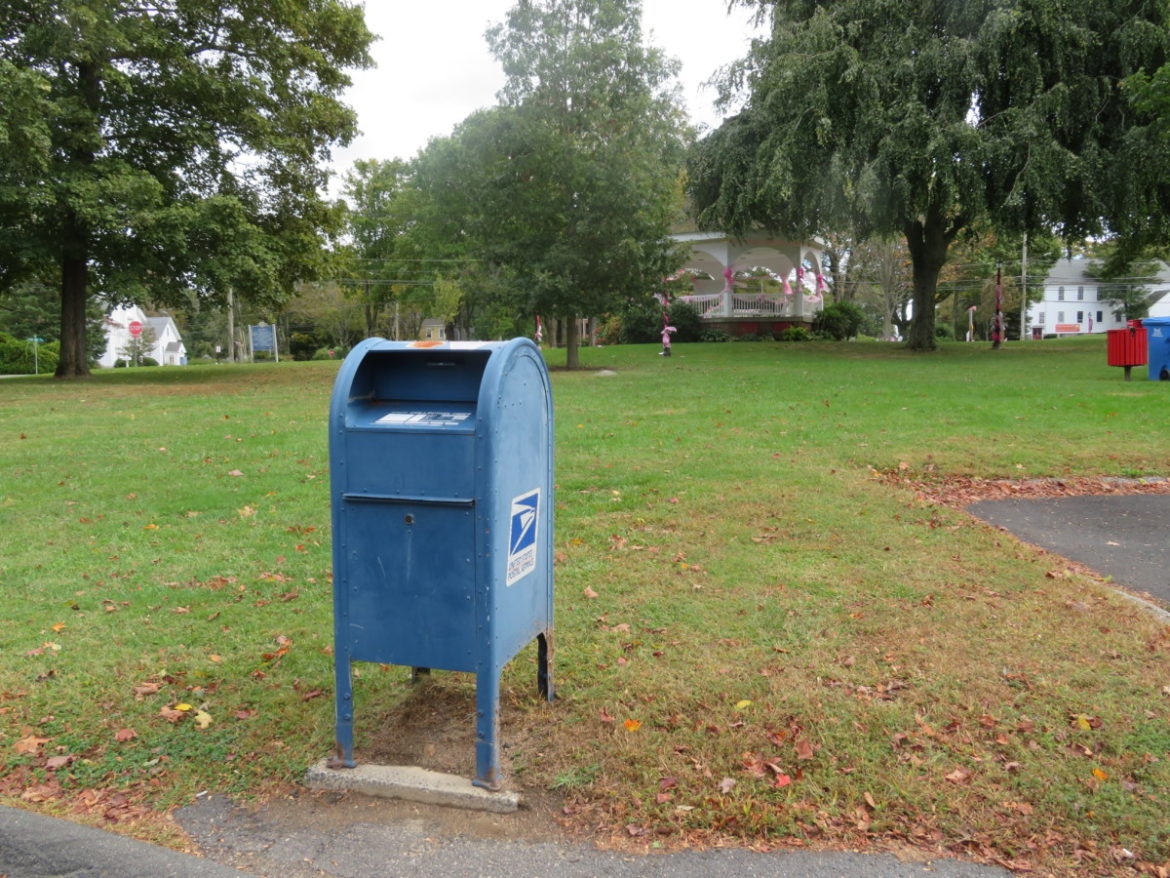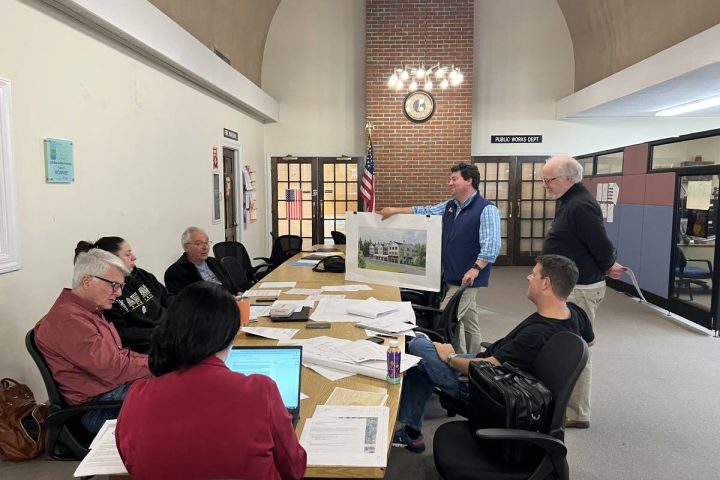To the Editor,
Thank you, Monroe Sun for carefully covering the proceedings regarding remediation and development of the land encompassing the problematic quarry at Independence and Cambridge Drives. The hearings in the land-use commissions have touched on topics of statewide interest.
One such question is, if a person has removed, say, 500,000 cubic yards of natural material (rock and soil) from a site, and now has to repair the damage and fill the hole, should the fill also be natural materials? Or instead could one use what the state classifies as “clean fill.”
One of the experts before the Monroe Inland Wetlands Commission, Evan Glass, explained that the components of clean fill are not what one would intuitively call “clean.” Mr. Glass was speaking on behalf of the intervenor, so was he exaggerating the uncleanness of “clean fill”.
Coincidentally, my work led me to a report done in 2008 by Department of Environmental Protection (as it was called then) proposing significant revisions to its waste-management program, including a page titled Revision of “Clean Fill” Definition. DEP recommended re-categorizing some of the elements allowed in “clean fill” as “regulated fill.”
The idea was to have a better way to manage relatively less clean materials such as concrete, brick and asphalt, which were back then still now are defined as “clean.” The allowed asphalt was and is asphalt paving fragments that are virtually inert.
The proposal for revisions was abandoned back then, but DEEP is now embarked on a related revision of remediation rules, so who knows?
Here’s the link to the 2008 report:
Margaret Miner
Litchfield






